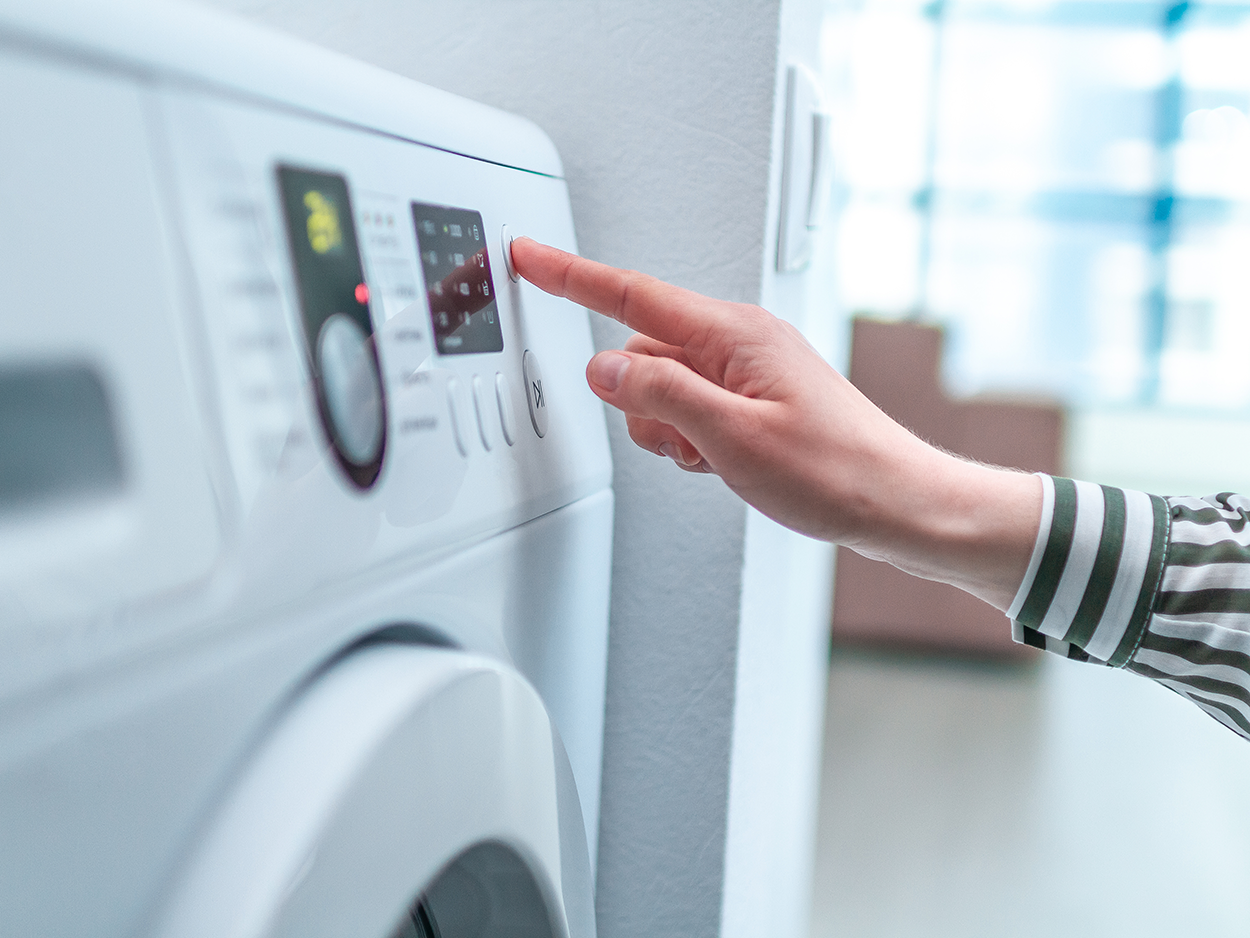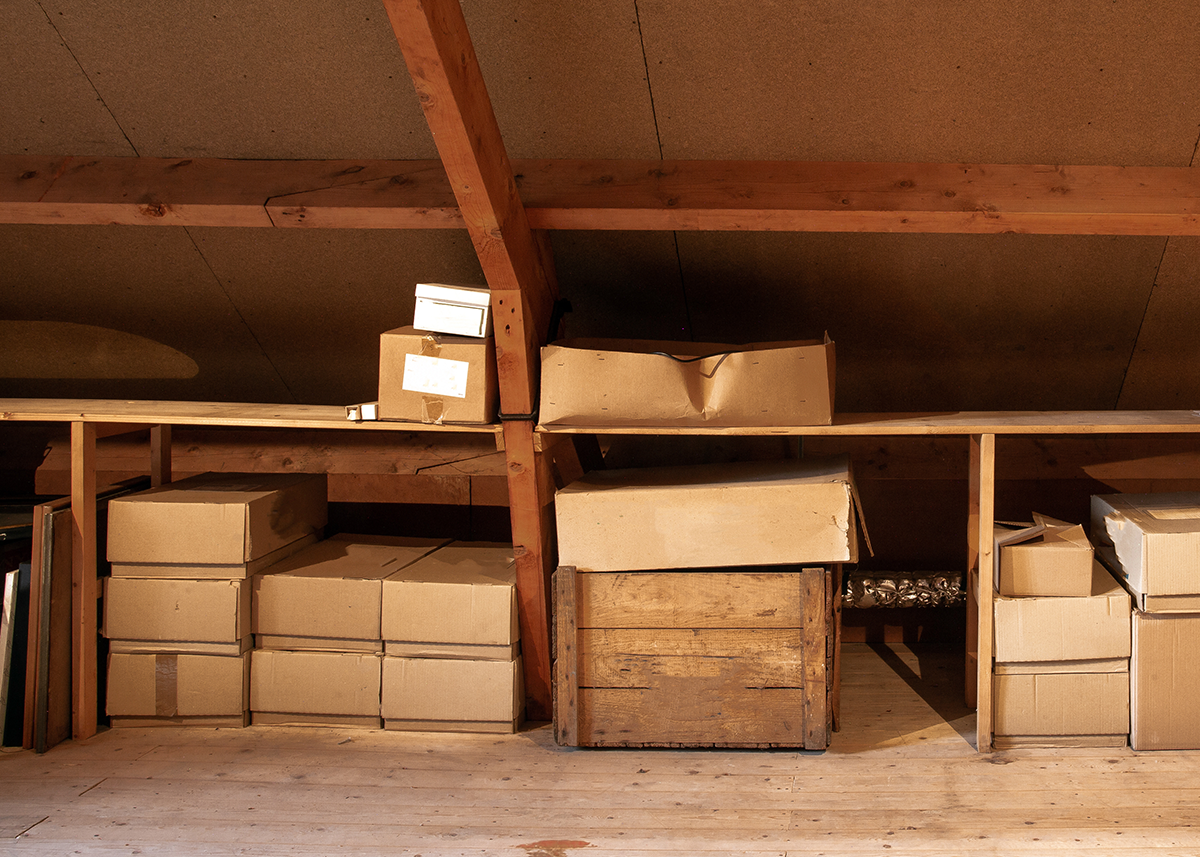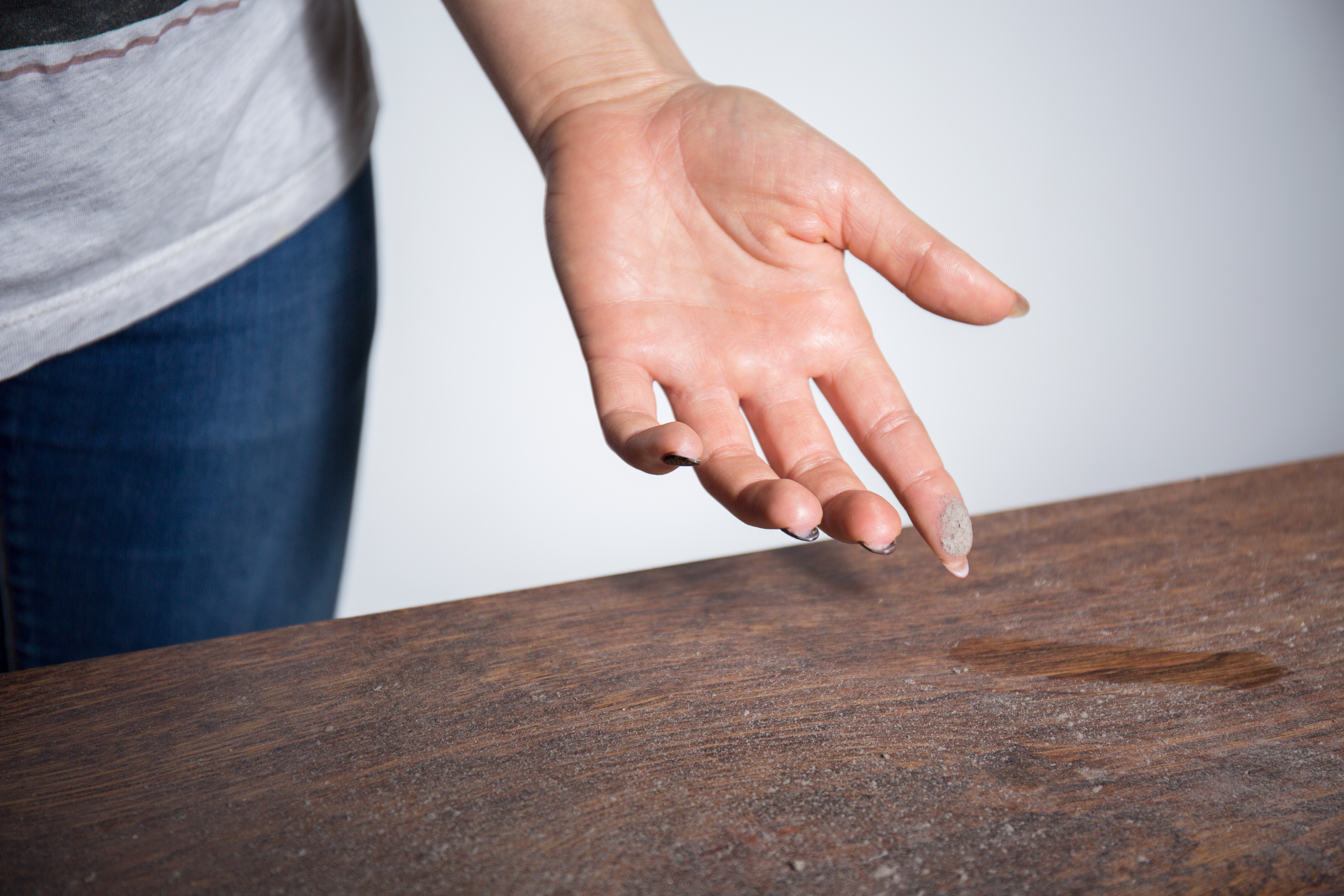 As we move from a warmer time of the year to cooler conditions, there are plenty of methods that homeowners can do to improve the energy efficiency of their homes. Some of these steps can improve the temperature and comfort level, use less energy and ultimately see lower power bills.
As we move from a warmer time of the year to cooler conditions, there are plenty of methods that homeowners can do to improve the energy efficiency of their homes. Some of these steps can improve the temperature and comfort level, use less energy and ultimately see lower power bills.
Plenty of strategies can be found on this site, everything from covering your windows with plastic to making sure your water heater and furnace system are both working at maximum efficiency.
But there’s another simple way to help cut your bills and also improve the temperature inside your home all year long: add more insulation.
Extra insulation in your walls, attic or basement can keep warm air from escaping outside and cool air from coming in to your living space.
Considering additional insulation is good to ask especially for someone living in an older home -- earlier types of insulation weren’t as efficient as available materials today, and often, less of it was used as well.
You can learn about your home’s particular insulation situation during a home energy assessment. The U.S. Department of Energy said a qualified auditor should include a look at types of and levels of insulation, especially in unused open spaces like attics. The auditor could also be someone from a HVAC company with special training in searching for areas of inefficiency.
The department’s Energy Saver site includes information about ways to conduct your own insulation audit, which involves a close inspection of different types of energy in different parts of your home, and determining the R-values, which is the measure of resistance of heat flow through the insulation. Once this is figured out, you can calculate the recommended amount based on your particular zip code. For instance, residents of the Southwest generally need less than Northeastern homes. The age of your home and type of insulation also affects this figure.
A qualified energy auditor will be able to come up with this figure easier than DIY newcomers can, and also make a recommendation on how much or what type of insulation you may need. An audit or at least a good inspection by a HVAC professional with thermographic testing tools can also reveal areas of concern or potential areas of inefficiency, such as leaks around windows, or places where there may have been little or no insulation placed in the first place.
If the decision is made to add more insulation, homeowners are again encouraged to leave the task to trained professionals.
Actual insulation installation can be a downright messy task, often in confined conditions such as crawlspaces, or places that either can be sweltering on warmer days or cold in winter. Plus, a variety of safety equipment is recommended, including gloves and breath mask. Plus, since common insulation comes in large rolls or heavy bags, it may be a logistical challenge to lug it to the proper location like a small attic entrance.
Sources: http://energy.gov/energysaver/articles/adding-insulation-existing-home
http://www.naima.org/insulation-knowledge-base/residential-home-insulation/how-much-insulation-should-be-installed.html









